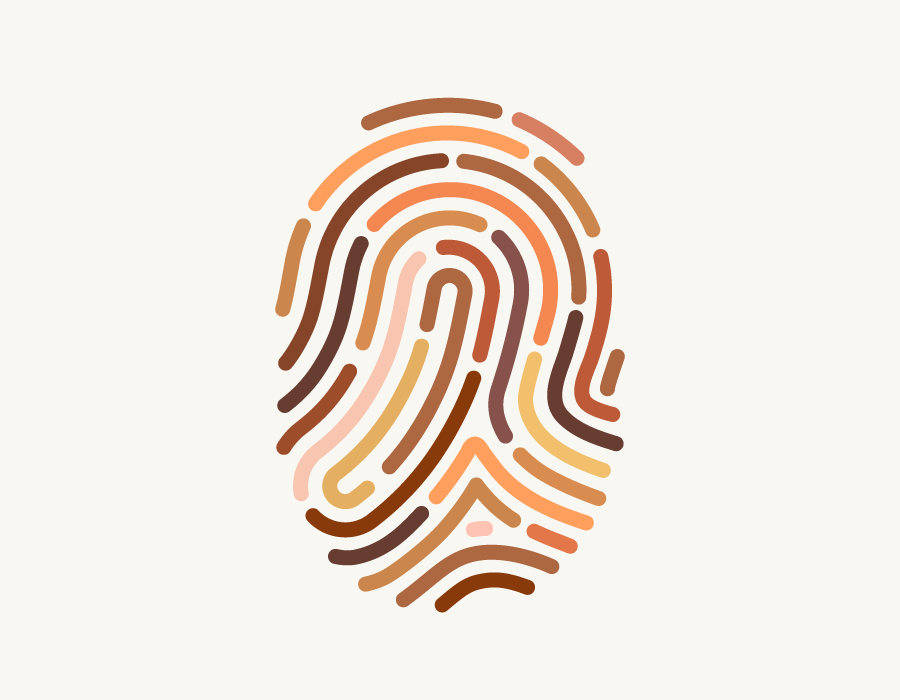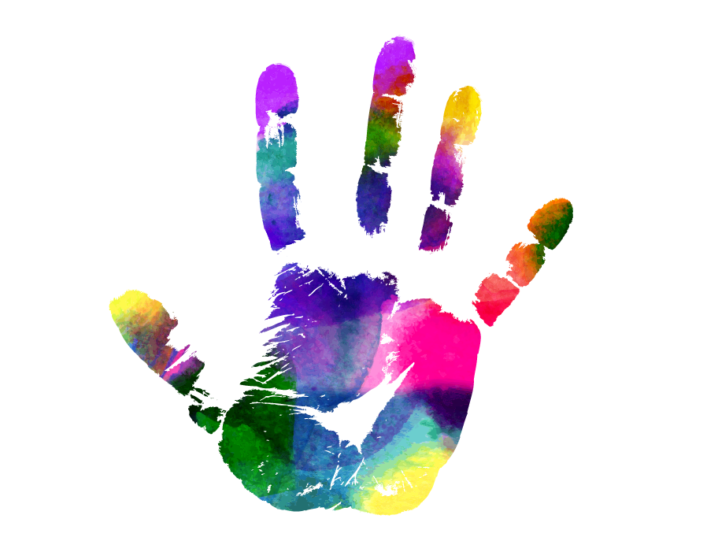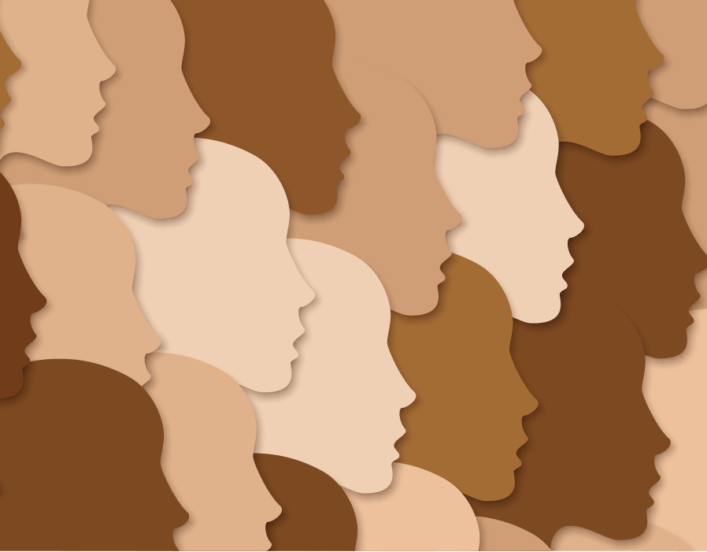DEI Toolkit: Race

Definition of race
1: any one of the groups that humans are often divided into based on physical traits regarded as common among people of shared ancestry
Source: Merriam-Webster Dictionary
Race is a social construct that creates a division of groups of people based, as the definition says, on perceived inherited physical differences. For many years, race and racial groups were seen as genetically or biologically different, but research has since shown that it is not the case. Different groups of people are more genetically similar than they are dissimilar, and racial categories are in fact weak proxies for biological differences. This belief in the genetic differences between racial categories can trace its roots to slavery and the fundamental need to demonize Africans and maintain the dominance of the white slave master.
Race has been included in the Census since its inception in 1790, and the categories used to classify the population have changed from decade to decade to reflect the times. It wasn’t until the 1960’s that people could choose their own racial identification. Up to then, the census taker selected the individual’s race largely based on their skin color. For this most current Census, the following racial categories were included: White, Black or African American, American Indian or Alaskan Native, Asian, Native Hawaiian and Pacific Islander or some other race. This year, for the first time, people who selected white or Black could add more information to highlight their national origin. It’s important to note that Hispanic/Latino is not a racial category, it is an ethnicity; Hispanics/Latinos can be of any racial category. Race is often confused with ethnicity. More recently we have seen increased numbers of individuals identifying as multi-racial, which became an option on the 2010 Census. Prior to, there was no way to accurately collect information on the multi-racial population in the U.S.
Race often shapes experiences in American institutions such as the workplace, where racial discrimination is illegal. This includes being treated differently based on hair texture, skin color and/or facial features. As with disability discrimination, a person can also be discriminated against because of the race of the individual’s partner or associates. Laws protect individuals from race discrimination by employers, co-workers and/or customers.
Unfortunately, racism can be seen all across our country. Racism is not limited to crimes against those of color. Racist actions can be seen against a person of any color, even by those of the same color. Ideologies of major racist organizations identified in the U.S. include both White Nationalist and Black Nationalist, in addition to many others. An interactive map identifying hate groups across the U.S. can be found here.
In recent times, discussions on race and racism have been at forefront of American news. While these conversations are necessary, they can be difficult. In addition to the AAUW resource on having difficult conversations, we offer the following tips:
- Begin the conversation with shared values and use those values to continue the conversation.
- Understand the other perspective while considering your audience and goals.
- Talk about obstacles to equality while staying solution-oriented and looking toward the future.
- Describe how racial biases and discrimination affect all of us.
When thinking about diversity and inclusion, it is important to remember is that all individuals can make a valuable contribution to AAUW and our branches. We need to try and create an environment where everyone feels welcome and included in our work.
- Print Materials:
- Websites:
- Five Points of Discussion for Conversations about Racial Injustice.
- Reducing Racial Disparity in the Criminal Justice System.
- The Ideology of Racism: Misusing Science to Justify Racial Discrimination.
- How to Promote Racial Equity in the Workplace.
- Race/Color Discrimination.
- VOXeu (various articles).
- Race: The Power of an Illusion.
Videos:
Dimensions of Diversity & Identity

DEI Toolkit: Ethnicity & National Origin

DEI Toolkit: Color

